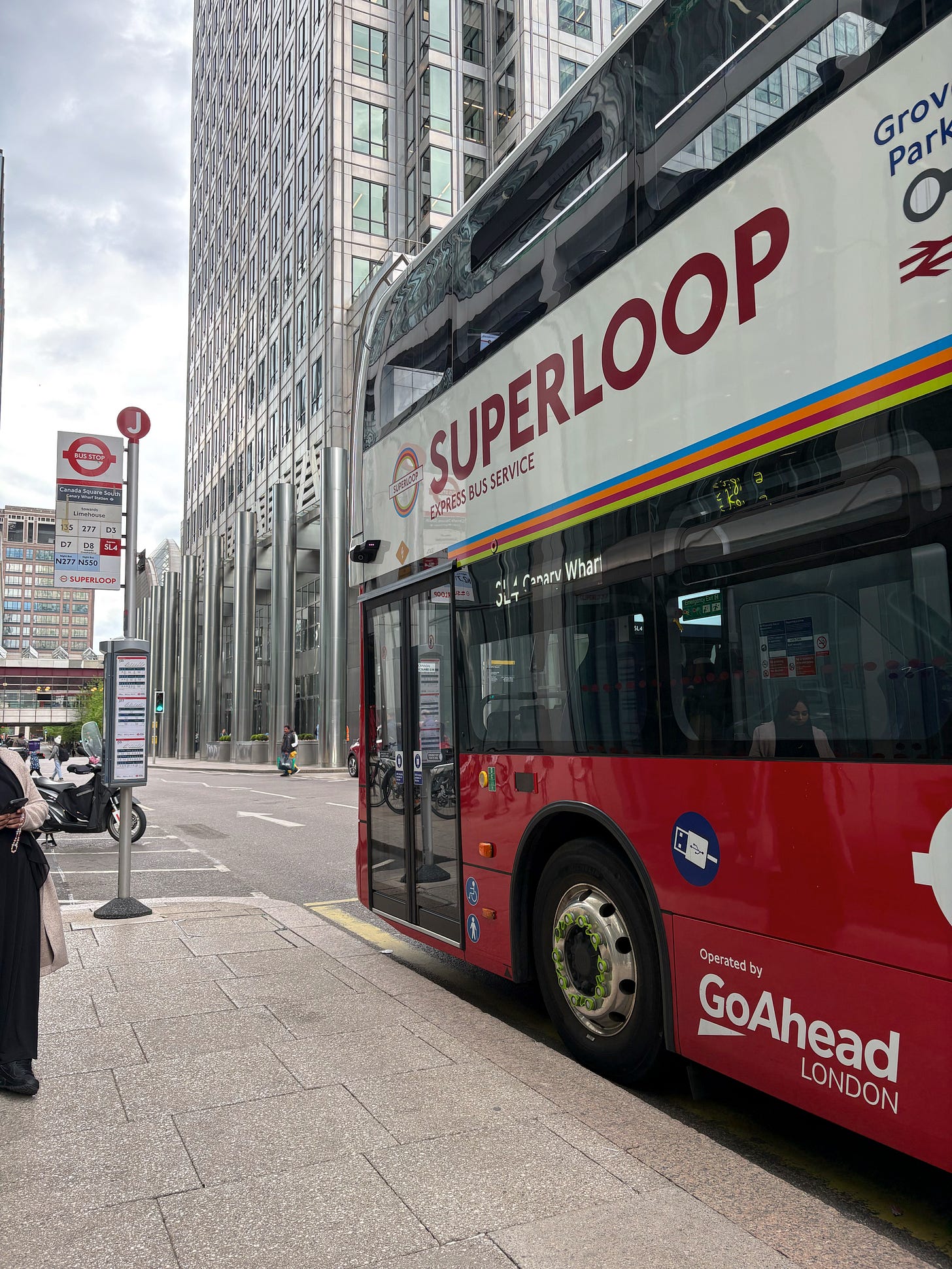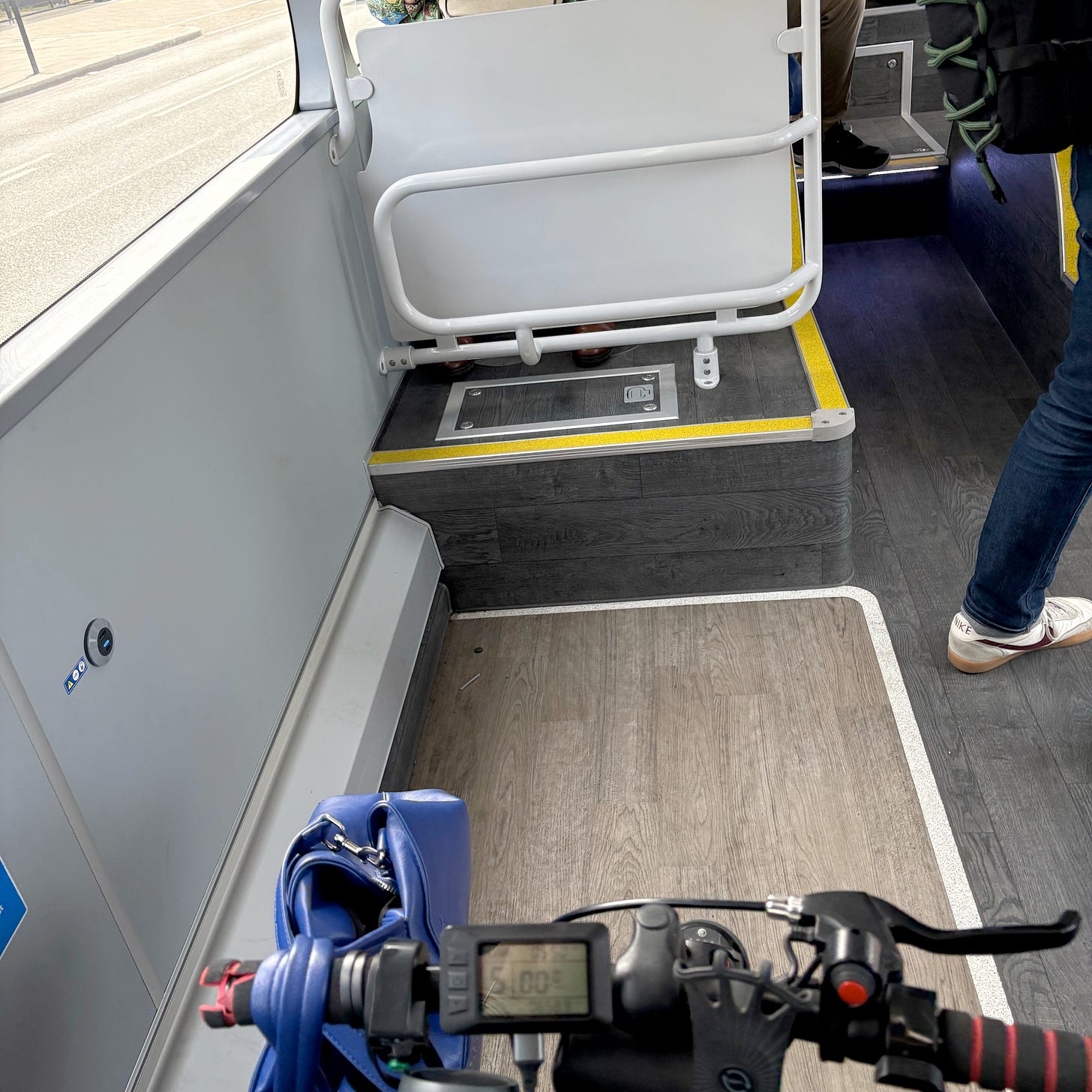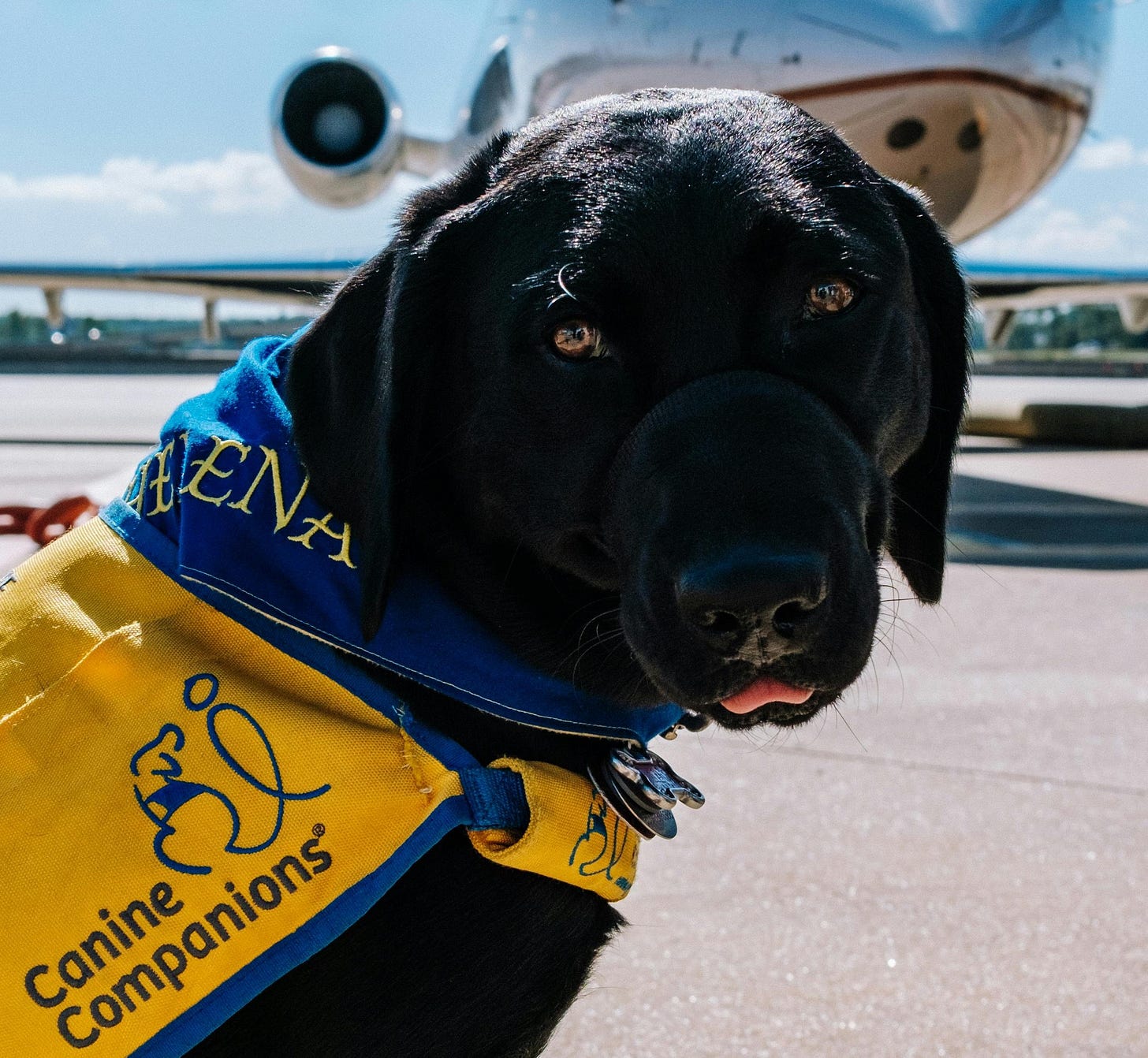Superloop: No More Boarding Battles
How New Buses Are Easing Tensions Between Buggy and Wheelchair Users
You can listen to the main article in this newsletter here:
London has some cool new bus routes called Superloop. In parts, they operate with brand-new buses too. These (sometimes) express buses form a circle around London. Some lines go inside the circle. The nearest and newest Superloop bus to me is the SL4, which goes from Grove Park to Canary Wharf. I've used this bus several times, and from an accessibility perspective, the experience was outstanding.
The bus manufacturer BYD has significantly improved the interior of these public buses. I have been waiting for buses with larger and more functional wheelchair spaces for decades, and this bus delivers that. Even my local bus route now has BYD buses, so I can finally travel during school run times without having to fight with parents with buggies about the wheelchair space. It’s so big I could share it with even two small buggies.
Boarding denied
There's an ongoing problem in London where buggy users don't move from the wheelchair space when needed. This space is legally for wheelchair users, not buggies, but many parents refuse to move even when asked by the driver. This has led to several instances where I couldn't board a bus in the past six months alone.
The BYD bus is modern and has USB sockets at every seat, including two in the wheelchair space. This means both wheelchair users and standing parents with buggies can charge their phones.
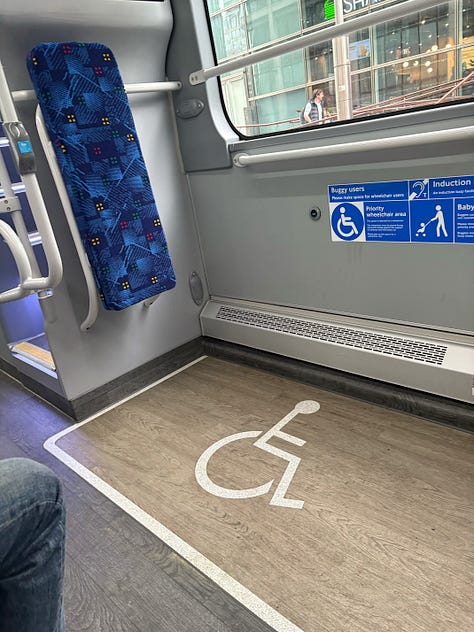
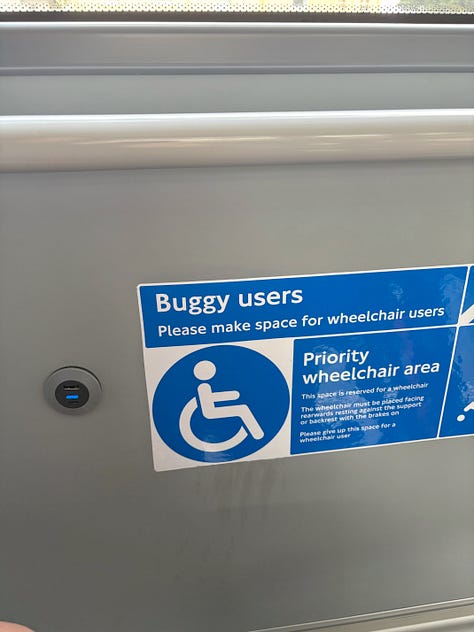
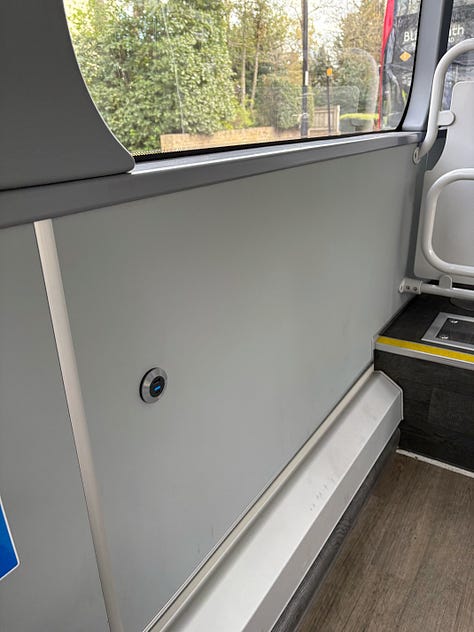
I've used this bus four times now without any issues, even when there was a buggy in the wheelchair space. The lighting is good, and the displays for the next stops are clear and easy to read from the wheelchair space. However, on my journeys, either the display or audio announcements weren't working properly. I really hope this gets sorted out anytime soon. Either the displays were off or showed the wrong stop. Or the audio announcements weren’t working.
The bus also has good air flow and is very quiet. It stops smoothly, making the ride comfortable. I also like the flooring, which is very good to roll on. Other buses have sometimes very bumpy flooring. This surface can make rolling more difficult, not great if you try to get up the ramp, and as soon as the front casters touch the bus, it gets even more difficult to push.
Accessibility drives innovation
Overall, it's a great experience, and I hope this sets a new standard for all London buses.
This new design shows what can be achieved by listening to customers. For years, we've complained about the small wheelchair spaces on London buses. The new buses are longer than the legal requirement, improving the experience for everyone.
I hope this new design will reduce conflicts between buggy users and wheelchair users. After COVID, people seemed less considerate towards wheelchair users in public spaces. This often left wheelchair users stranded at bus stops, which can negatively impact their health in bad and cold weather.
The new bus design shows that change is possible with the right will and innovation. Accessibility drives innovation - in bus layouts, too.
Some interesting links
Developer Matt Eason used National Rail data to provide an easy-to-use website to check if lifts at British stations are working, without using the over-complicated National Rail website.
A new moquette is starting to appear on London’s Elizabeth line as some of the seat fabrics are refreshed. It will improve the visibility of priority seats.
55,000 views has my LinkedIn post about another experience of a lack of assistance when travelling by train currently. So just in case you missed it…
Something to read
For disabled people, assistance dogs are vital partners that foster independence, inclusion, and safety. They also play a crucial role for people with medical conditions such as diabetes or epilepsy, performing specialised tasks that improve independence and well-being. The European Disability Forum (EDF) has published recommendations on the air transport of assistance dogs:
Airlines should be flexible with documentation.
Requirements for travelling with assistance dogs in the cabin free of charge should be minimal and non-discriminatory.
The European Commission should propose legislation to ensure mutual recognition of assistance dogs across the EU are some of the points in the EDF document.
Something to watch
Different ramp systems in Germany. The first one is over-engineered and, as a result, unusable and disliked by staff. I like the second one, provided the solution would allow disabled people to push the button themselves, wouldn’t be too steep, and would work coming down as well. The issue in the UK is often that trains are too high, not too low. The third one is what we have now, it needs staff, and well, we all know how reliable that is.
[Video description: The different ramp and lift types for trains are shown. The first one is a platform lift inside a train, which is difficult to use and takes nearly 3 minutes to get someone onto the train. The second one is a ramp inside the train floor that lifts itself. The conductor operates it. The third one is a manual ramp used by the conductor inside the train because the train is lower than the platform.]
Some final words
The Accessible Link is a reader-supported publication. So, if you like what you’re reading, consider to
As a paid subscriber you will receive an additional edition every two weeks with best-practice tips on improving accessibility in your organisation.
Who is writing this newsletter?
I’m Christiane Link, and I improve the customer experience in aviation, transport, and travel. I worked as a journalist for over two decades and travelled extensively for business and leisure. I’m a wheelchair user.
Work with me
Whether you're a Customer service director, a Head of Customer Experience, a corporate Accessibility manager, a DEI leader, a transport planner, or a disabled employee resource group member, I can help you to make your organisation more inclusive. You can book me for speaking engagements or hire me as a consultant for your accessibility or DEI strategy, communications advice and other related matters. I have worked for airlines, airports, train operators, public transport providers, and companies in other sectors.
If you want to read more from me, follow me on LinkedIn, Twitter, Bluesky or Mastodon. You can also reply to this email if you want to contact me.
.


